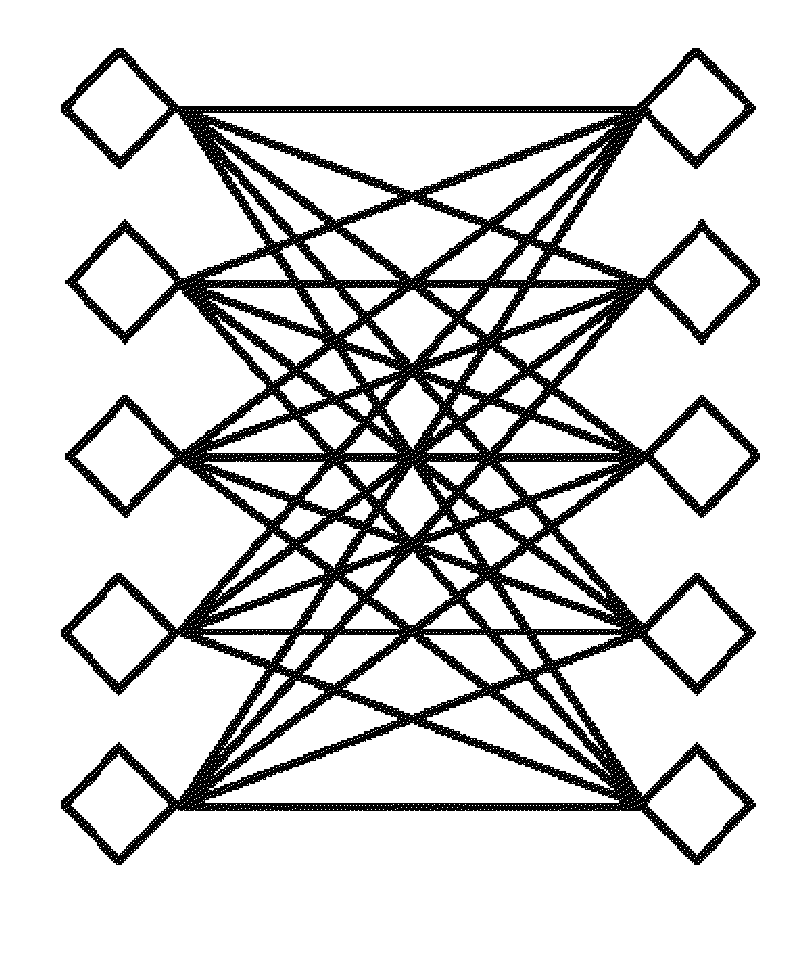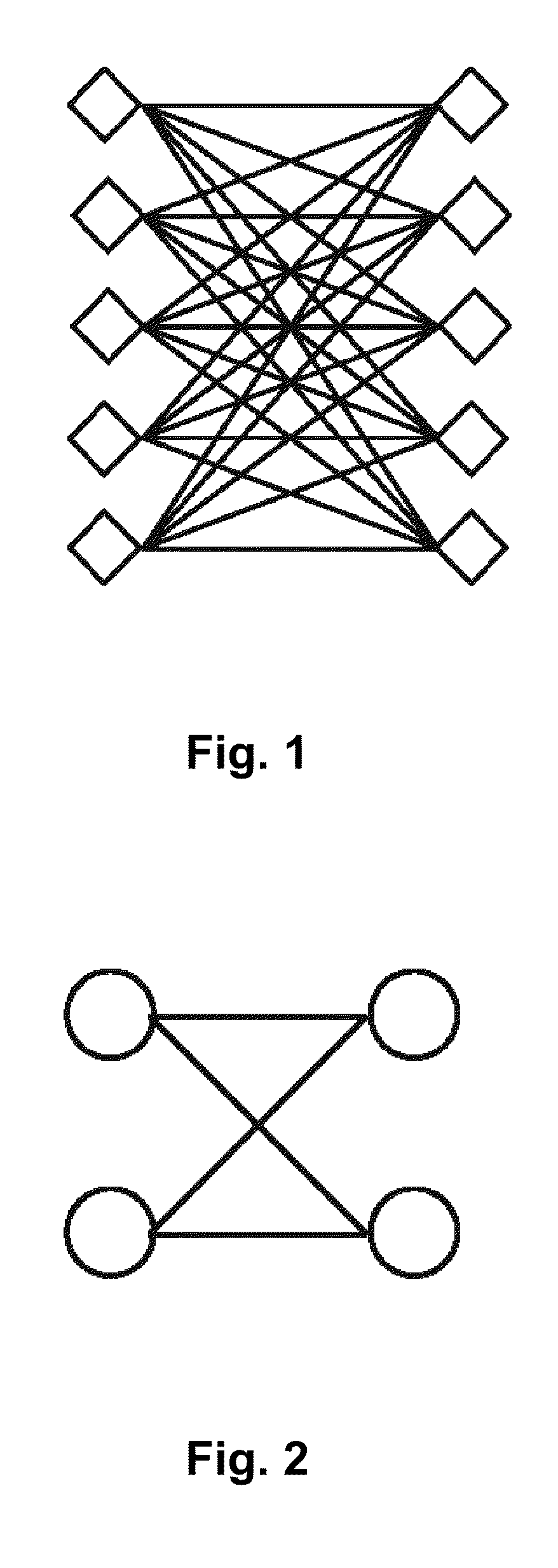Methods for driving electro-optic displays
a technology of electro-optic displays and displays, applied in the direction of electric digital data processing, instruments, computing, etc., can solve the problems of inadequate service life of these displays, preventing their widespread use, and gas-based electrophoretic media being susceptible to the same types of problems
- Summary
- Abstract
- Description
- Claims
- Application Information
AI Technical Summary
Benefits of technology
Problems solved by technology
Method used
Image
Examples
Embodiment Construction
[0059]As already mentioned in one aspect this invention provides two different but related methods of operating an electro-optic display using two different drive schemes. In the first of these two methods, the display is first driven to a pre-determined transition image using a first drive scheme, then rewritten to a second image using a second drive scheme. The display is thereafter returned to the same transition image using the second drive scheme, and finally driven to a third image using the first drive scheme. In this “transition image” (“TI”) driving method, the transition image acts as a known changeover image between the first and second driving schemes. It will be appreciated that more than one image may be written on the display using the second drive scheme between the two occurrences of the transition image. Provided that the second drive scheme (which is typically and AUDS) is substantially DC balanced, there will be little or no DC imbalance caused by use of the seco...
PUM
 Login to View More
Login to View More Abstract
Description
Claims
Application Information
 Login to View More
Login to View More - R&D
- Intellectual Property
- Life Sciences
- Materials
- Tech Scout
- Unparalleled Data Quality
- Higher Quality Content
- 60% Fewer Hallucinations
Browse by: Latest US Patents, China's latest patents, Technical Efficacy Thesaurus, Application Domain, Technology Topic, Popular Technical Reports.
© 2025 PatSnap. All rights reserved.Legal|Privacy policy|Modern Slavery Act Transparency Statement|Sitemap|About US| Contact US: help@patsnap.com



